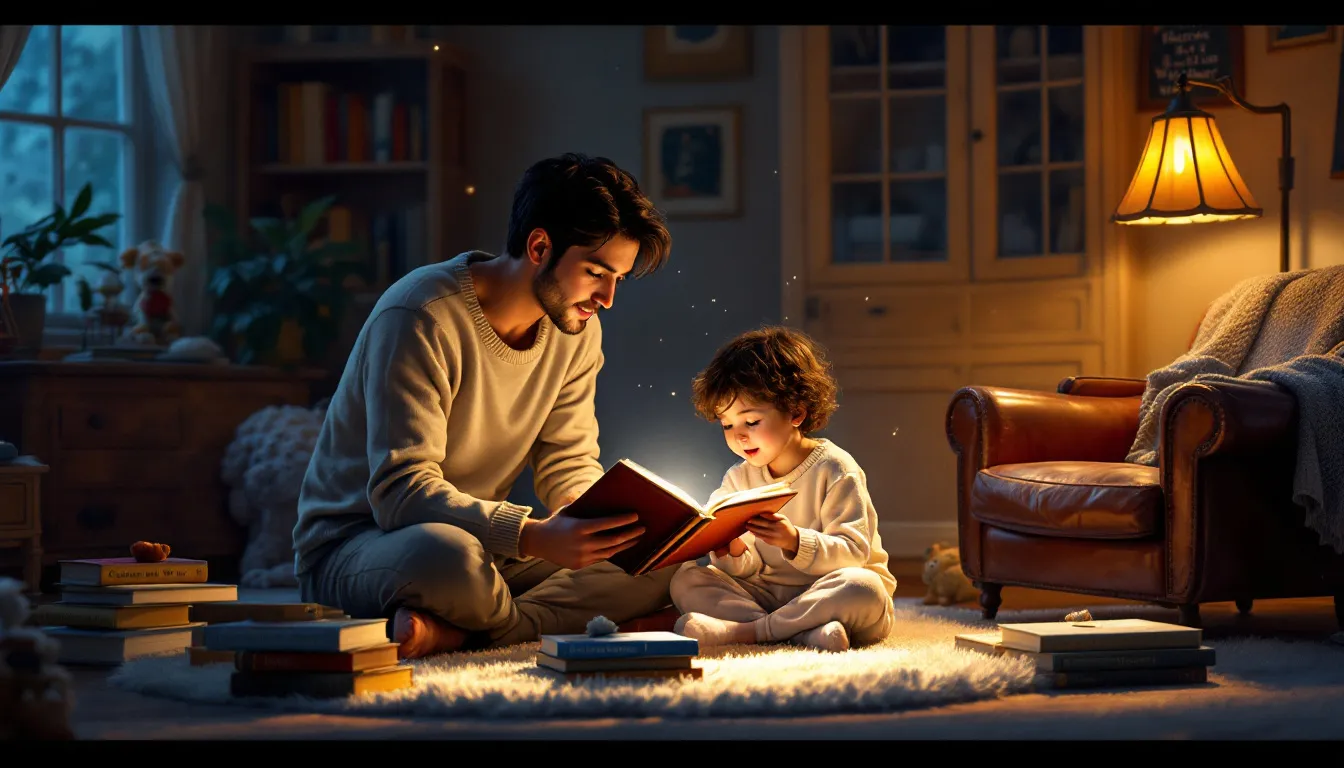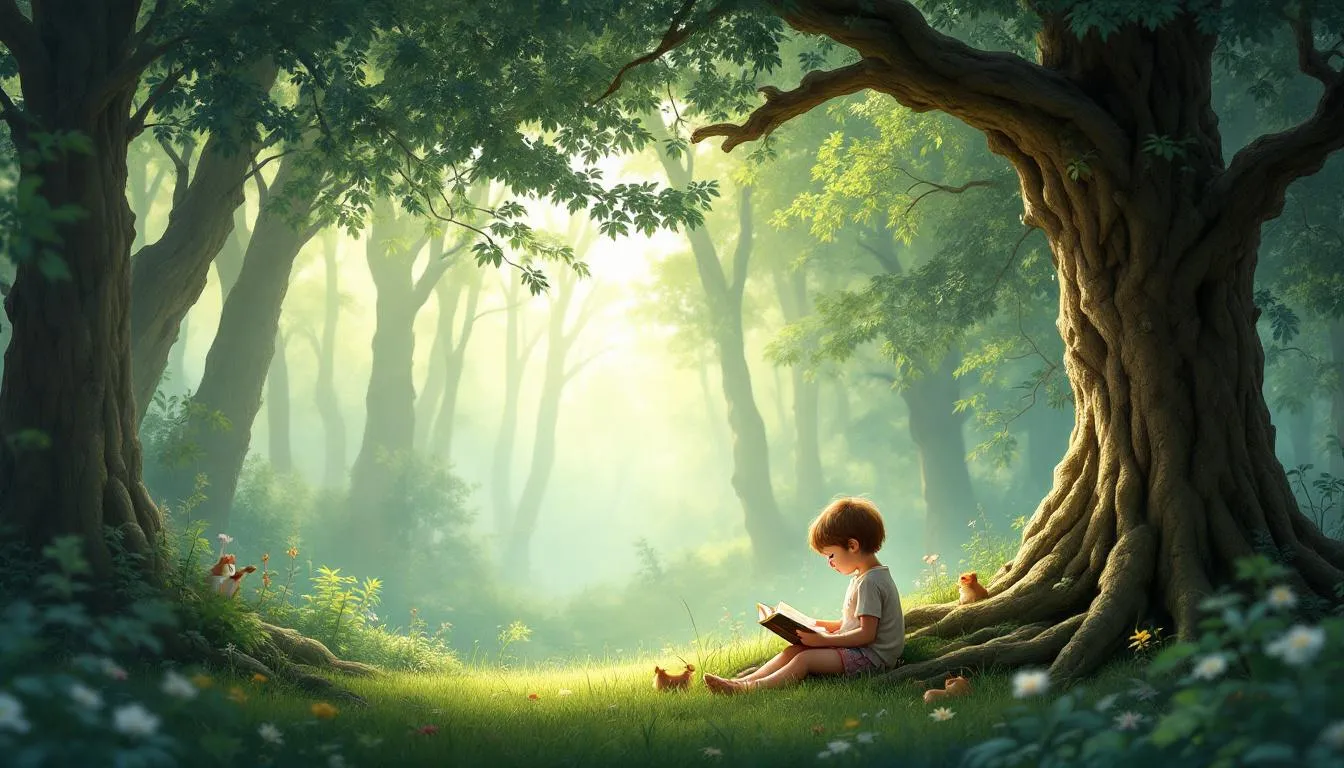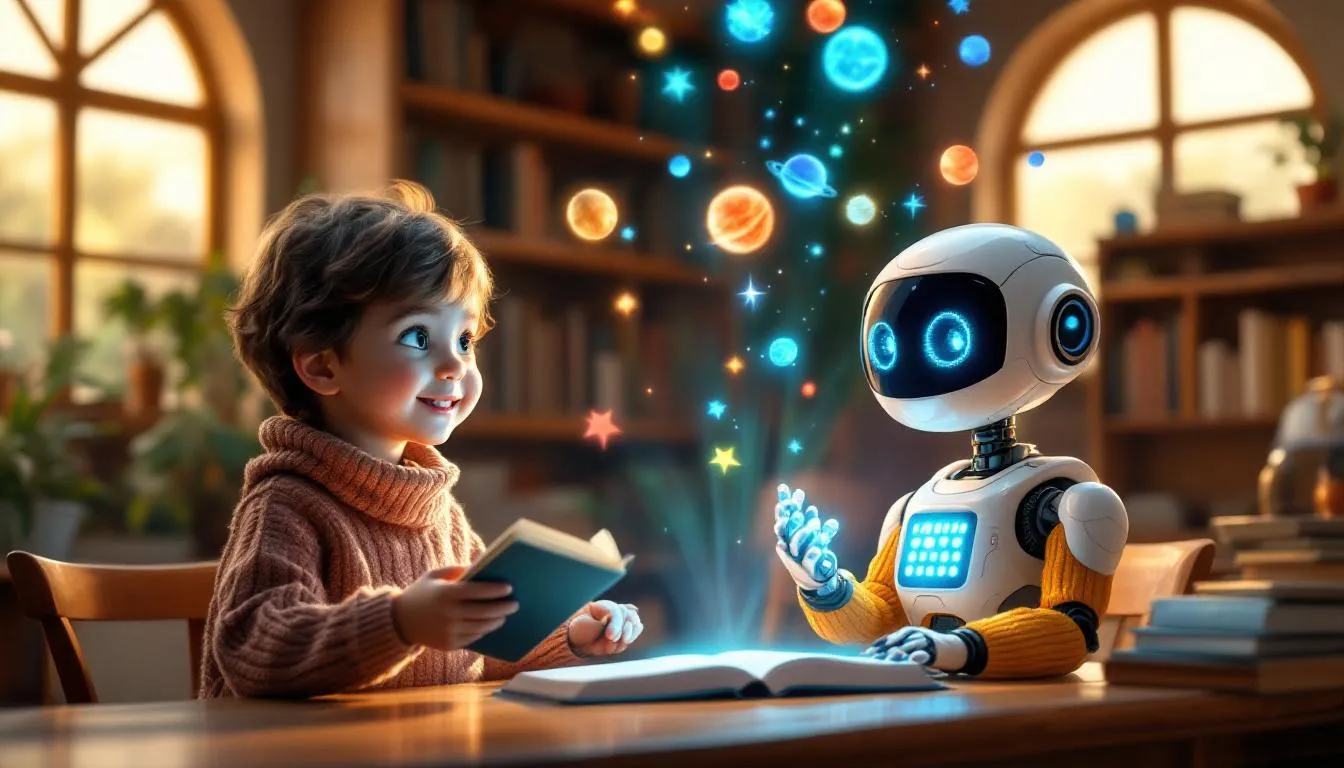Table of Contents
Quick Answer
Nostalgic children’s books are enjoying a delightful resurgence, captivating both young readers and those who fondly remember them from their own childhoods. These classic tales are cherished for their timeless stories and universal themes that seamlessly bridge generations. Whether it’s the whimsical adventures in “Peter Pan” or the imaginative world of “The Chronicles of Narnia,” these stories possess an enduring charm.
Nostalgic children’s books are making a comeback because they offer timeless appeal and a powerful cross-generational impact.
Let’s explore what’s truly driving this nostalgia trend in literature.
What Is Driving the Nostalgia Trend in Literature?
The resurgence of nostalgic children’s books can be attributed to a fascinating psychological and cultural phenomenon. Nostalgia—often described as a bittersweet longing for the past—is a powerful emotional experience that brings comfort and joy. These books connect us to a time of innocence and imagination, offering a reprieve from the complexities of adult life.
In recent years, there’s been a growing desire to reconnect with simpler times, and literature serves as a comforting vehicle for that journey. For many adults, reading these classic tales is akin to wrapping themselves in a warm, familiar blanket. I recall picking up “Charlotte’s Web” after several years and how the simple story of friendship and loss evoked vivid memories of my childhood.
Cultural factors also play a significant role. As technology and media evolve rapidly, there’s a counter-movement towards the tangible and familiar. Parents today want to share stories that shaped their own values and imaginations with their children, creating a bonding experience that strengthens family ties.
Emotionally, these books provide a sense of continuity and stability. In a constantly changing world, there’s comfort in knowing that “The Velveteen Rabbit” or “Winnie the Pooh” will always be there, offering timeless lessons.
As these beloved stories find new hands, they don’t merely rest on the nostalgia of the past. Instead, they lay a foundation for emerging imaginations, ready to explore the next chapters of literary adventure.
How Do Beloved Stories Influence New Generations?
Beloved children’s stories hold remarkable power, weaving their magic into the fabric of young minds. For children, these tales are not just stories; they’re blueprints for understanding the world. Through characters like Matilda or Harry Potter, kids learn about bravery, kindness, and perseverance.
These stories play a pivotal role in child development by:
- Encouraging Empathy: Through characters’ joys and challenges, children learn to empathize with others.
- Stimulating Imagination: Fantastical worlds and magical scenarios spark creativity and open doors to endless possibilities.
- Promoting Critical Thinking: Children learn to predict outcomes, solve problems, and think critically about storylines.
- Instilling Values: Timeless themes of good versus evil, love, and friendship shape moral compasses.
Reading “Where the Wild Things Are” with my kids sparked conversations about courage and the importance of being true to oneself. My youngest even insisted on building a ‘wild things’ fort in our living room, illustrating the profound impact these stories can have on a child’s imagination!
These cherished tales transcend time, adapting to the evolving imaginations of each new generation. They are not relics of the past but vibrant guides for the future.
Which Classic Children’s Books Are Still Popular Today?
There’s something truly magical about the classic children’s books that have stood the test of time. These stories enchant new readers while rekindling fond memories for those who read them as children. Let’s explore some of these timeless treasures:
To help illustrate the lasting appeal and key characteristics of these beloved books, here’s a summary:
Each of these books offers a unique blend of storytelling and life lessons that continue to resonate. Their enduring appeal lies not just in their narratives but in their ability to evoke a sense of wonder and nostalgia. For those looking to revisit more classics, you can even Read “It’s Halloween” by Jack Prelutsky, a beloved children’s poetry book, available for free online. As we reflect on why these stories remain etched in our hearts, we uncover what makes them timeless classics.
Why Do These Stories Remain Timeless Classics?
Nostalgic children’s books have incredible staying power, often because they tap into universal themes that resonate across generations. Love, adventure, bravery, and friendship create a tapestry that feels both familiar and fresh. The mischievous adventures of Peter Rabbit, for instance, teach lessons about curiosity and consequence—concepts as relevant today as when Beatrix Potter penned them.
Enduring characters also play a significant role. Who hasn’t been charmed by the wise and gentle Winnie the Pooh or inspired by the courageous and clever Matilda? These characters become like old friends, their stories interwoven into the fabric of our lives. I still find myself quoting Dumbledore from “Harry Potter” during life’s quandaries, his wisdom as applicable now as when I first read it.
Beyond captivating narratives and memorable characters, illustrations and storytelling techniques enrich the experience. The vibrant illustrations in “The Very Hungry Caterpillar” offer a tactile experience that children adore. Storytelling techniques, like the rhythmic cadence in “Goodnight Moon,” create a soothing atmosphere ideal for bedtime. These elements invite readers to immerse themselves fully, making each page turn an adventure.
As we consider the magic these stories hold, it’s worth noting how they continue to find new life in the hands of parents eager to share these precious tales with their children.
What Role Do Parents Play in the Revival of These Books?
Parents are like time travelers, bringing the past into the present with the flip of a book’s page. Their childhood memories heavily influence the stories they introduce to their children. I remember eagerly sharing “The Secret Garden” with my daughter, reliving those magical moments through her eyes. This is a common experience among parents reaching for books that once filled their imaginations.
Parents play a pivotal role in this resurgence by consciously choosing to introduce their children to these beloved classics. Here’s how they often do it:
- Bedtime Rituals: Many parents incorporate these stories into nightly routines, making them a staple of bedtime reading. This not only helps develop a love for reading but also creates cherished family traditions.
- Storytime Sessions: Whether at home or during library visits, parents often select these timeless tales for storytime, knowing they captivate both young listeners and nostalgic adults.
- Gift Giving: Classic children’s books are frequently gifted on special occasions, ensuring they have a place on the child’s bookshelf and in their memory.
- Personal Anecdotes: Sharing their own childhood experiences with these books adds a personal touch, enhancing the storytelling experience.
As we look to the future of these nostalgic treasures, it’s clear that the role of parents is not just about passing on stories. It’s about sharing a piece of their childhood, creating a bridge between generations. This connection enriches family bonds and ensures these tales continue to weave their magic for years to come, nurturing new generations of readers and dreamers. For a unique twist on storytelling, consider how services like KidTeller create a personalized storybook where your child is the hero. Just upload a photo, and they’ll generate a custom book filled with adventures made especially for your toddler or young child – magical, memorable, and uniquely theirs.
Key Takeaways
- Nostalgic children’s books are resurging due to their timeless appeal and emotional comfort.
- These classics aid in child development by promoting empathy, imagination, and critical thinking.
- Parents play a significant role in reviving these tales by integrating them into family traditions.
- To engage with nostalgic books, incorporate them into bedtime routines and share your own childhood stories.
Rediscover these magical tales and create cherished memories with your children, fostering a love for reading that transcends generations.
© 2023 [Your Blog Name]. All rights reserved.







